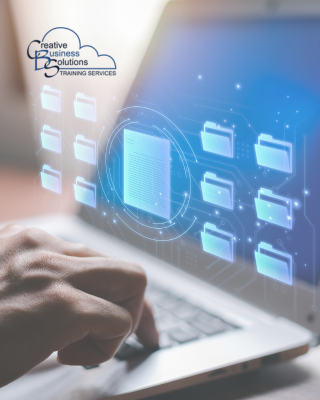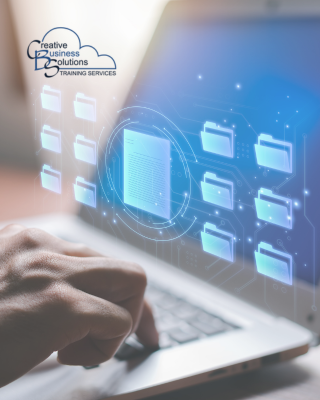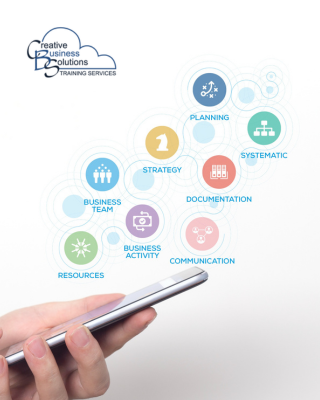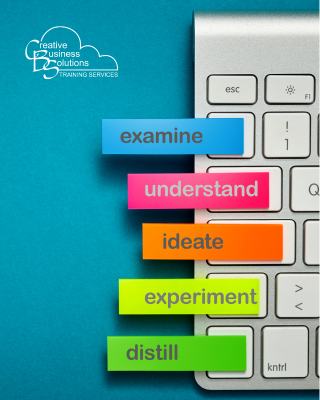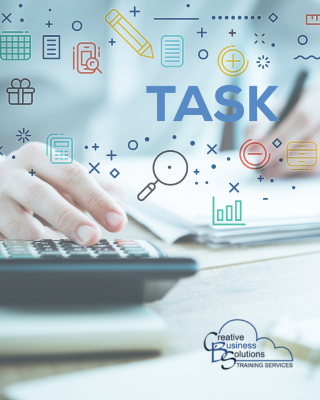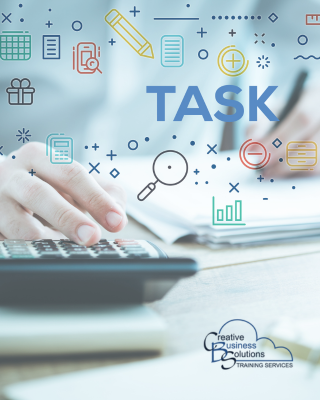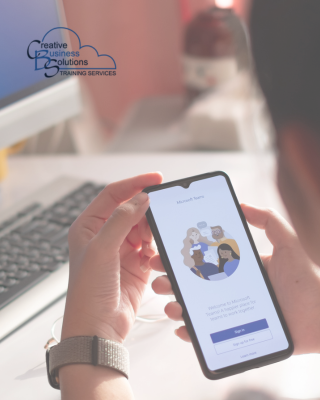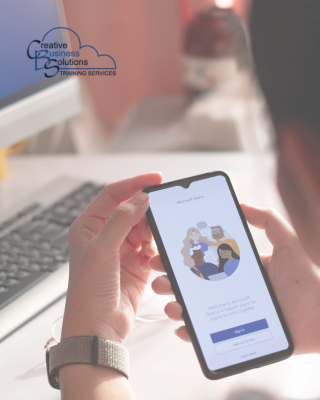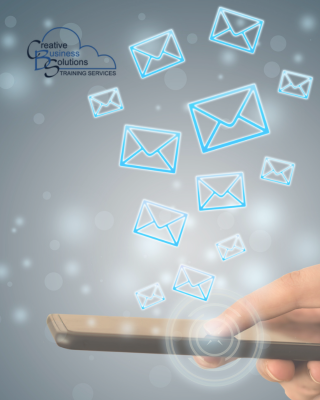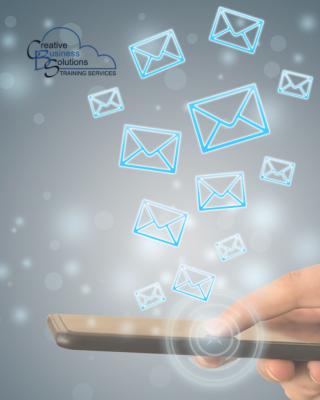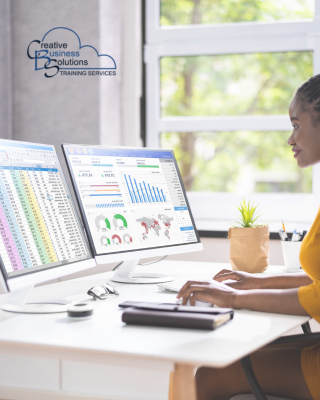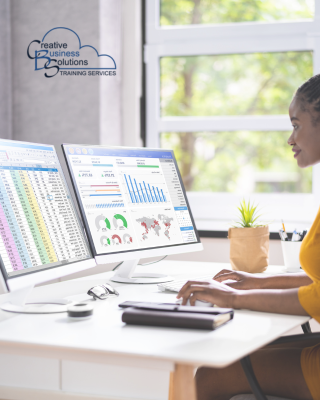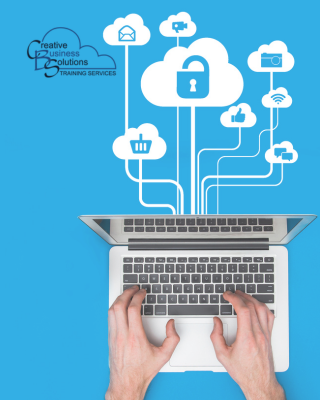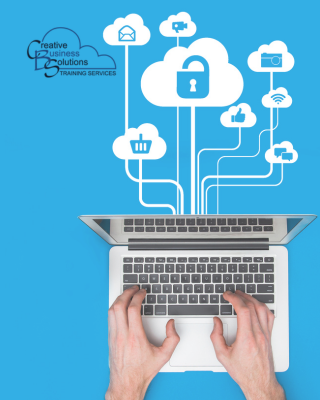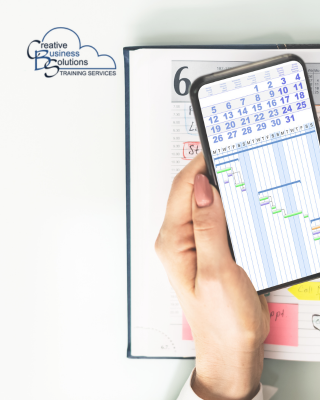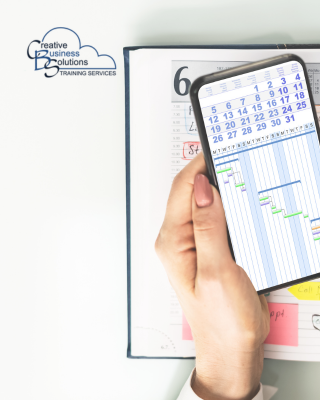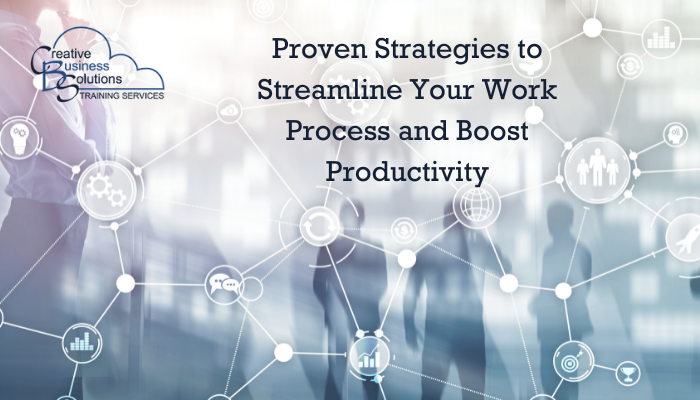
In today's fast-paced world, it is essential to streamline work processes and improve workflow to enhance productivity. This need applies to every business, but it is crucial to service-based firms like accounting or bookkeeping practices. Your workflow efficiency directly impacts your bottom line.
There are many proven strategies that you can adopt to streamline your work processes and boost productivity, including leveraging technology. With the help of technology, we can now automate repetitive tasks and reduce the time spent on them. At the same time, technology can also add to our stress levels and reduce our efficiency. This blog will discuss how to streamline work processes and improve workflow to increase productivity while taming our technology.

1. Establish a Routine
One proven strategy to improve your workflow efficiency is establishing a routine and sticking to it. This process can involve setting specific work hours, taking breaks at regular intervals, and dedicating certain times of the day to specific tasks.
Establishing a routine can help you get into the right frame of mind for work and increase productivity. Setting specific work hours and taking breaks at regular intervals helps create rhythm and routine not only for you but also for your colleagues and clients. Setting your boundaries helps reduce stress levels.
Dedicating certain times of the day to specific tasks, such as checking emails and messages or making phone calls, reduces distractions and gives you time to dedicate to important projects and tasks.
Microsoft Outlook is a powerful tool that can help you establish a daily routine and manage your tasks efficiently.
Use Outlook Calendar to schedule meetings, events, appointments and to block out focused work time. You can customize your calendar view to suit your work routine, such as day, work week, week, or month. You can also share your calendar and sync it with other devices.
Outlook Email provides effective communication with your colleagues and clients. By using email templates, signatures, and rules to automate and organize your emails, you create efficiencies within your email workflow, making the times you set aside to review it more efficient.
Establishing a routine can create a sense of structure and discipline in your workday.
2. Analyze and Prioritize Tasks
Another practical approach to streamlining your work processes is reviewing your workload by analyzing and prioritizing your tasks. Identify which tasks are essential, which can be delegated to others, and which can be automated.
Delegating tasks that are less critical or require less expertise can free up your time to focus on more important tasks. Identify tasks that can be delegated to others on your team or outsourced to freelancers. Delegation can also help develop skills in your team members and increase overall efficiency.
Delegating tasks can be stressful when you need a system to track their progress. Delegated tasks can be tracked using tools such as Microsoft Planner, Lists, or To Do.
Microsoft Planner helps you manage tasks, collaborate with colleagues, and stay on track with critical deadlines. With Planner, you can easily create and manage tasks, organize files, and get reminders for upcoming events or deadlines. Planner tasks can be assigned to various team members to keep the work tracked and flowing.
Microsoft Lists also helps you track information and organize work. With Lists, users can easily keep track of issues, tasks, assets, contacts, inventory and more. They can also track progress with customizable views and notifications to keep everyone in sync.
Microsoft To Do is a personal tasks management app that helps you track and focus on what you need to do. It brings your Planner tasks, flagged emails and any other assigned tasks together in one place. You can set priorities, track your progress, no matter the task's origin, and mark them as completed.
By prioritizing your tasks, you can focus on the most important ones and reduce time spent on less important ones. By leveraging technology in this process, you can ensure your tasks aren't forgotten, and the work is completed on time.
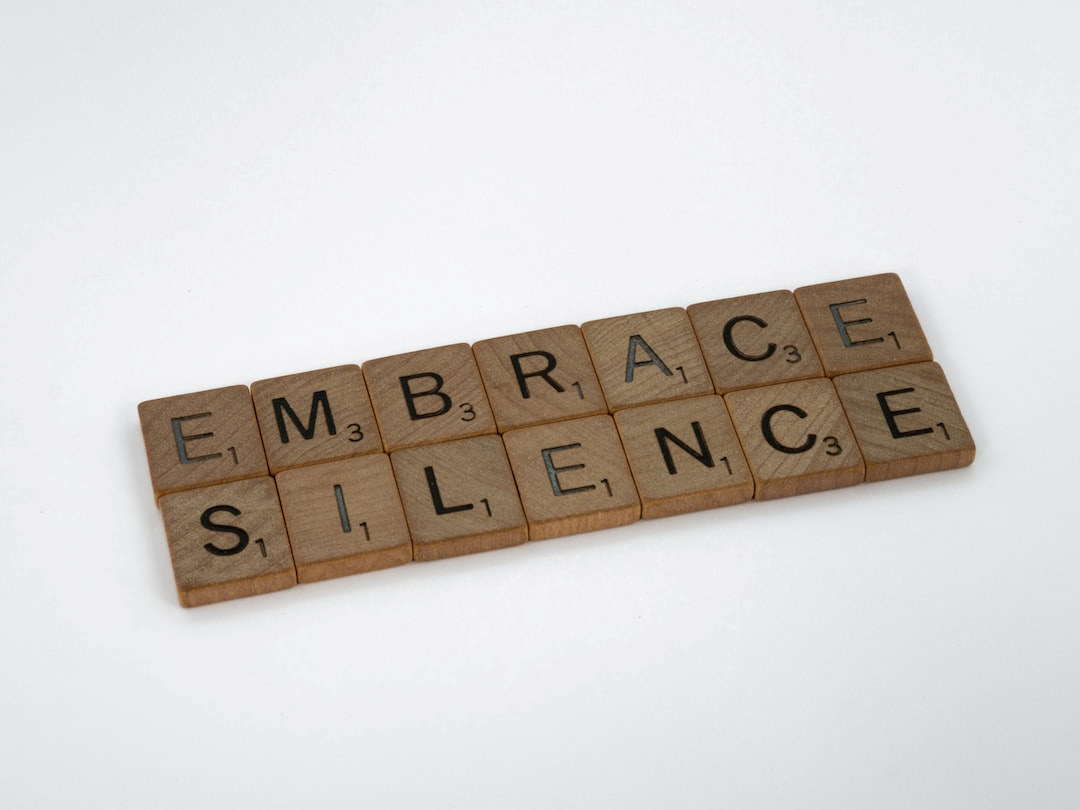
3. Reduce Distractions
Distractions can significantly reduce productivity, and these distractions can come from many sources, especially our technology. The good news is that we can control these distracting interruptions.
The first line of defense against distracting notifications is to ensure that you only receive messages from the apps that you need to be notified about. Keep the notifications you need and turn off the rest. This strategy applies to all your devices.
A Do Not Disturb setting exists on almost all devices or software. Protect your personal time by turning off work notifications on your mobile devices outside your work hours. You will be more productive during work hours when you are well-rested and not stressed about forgetting something you read the previous night.
Continue to use the Do Not Disturb setting on your PC and mobile devices during your workday for the times you have designated as deep work or focus time. Receive summaries of your notifications at the times you have set aside in your routine for this activity.
When you set your status in Microsoft Teams, you can also set a status message. This message will be displayed to people who will message you so that they know when you will be available to respond to their message. You can also create an email auto-response indicating the same information for those incoming emails.
It is essential to reduce distractions to streamline work processes and improve workflow. Turn off notifications, avoid multitasking, and designate specific times for checking emails and messages.
4. Invest in Technology
Investing in technology can provide significant benefits to organization, time management, and collaboration. Many productivity apps and project management tools are available to help streamline your work processes. These tools can automate repetitive tasks, track progress, and simplify communication. By leveraging technology, you can increase efficiency and productivity.
Automation tools can streamline work processes by reducing the time spent on repetitive tasks. Use tools such as scheduling software, email templates, and task management systems to automate scheduling meetings, sending emails, and managing project tasks.
The Microsoft 365 Business suite has many applications to streamline task management for you. You can reduce the back and forth of booking a meeting by using Microsoft Bookings as your scheduling software. Task management tools such as Planner, List, and To Do make tracking what needs to be done, when and by whom easy. Power Automate can automatically send emails based on triggers such as dates or actions. Microsoft Forms can collect data and automatically update information for you to process.
In addition, investing in technology such as productivity apps and project management tools can provide significant benefits in terms of organization, time management, and collaboration. The secret to workflow optimization success with technology is to choose apps that work well together.

5. Communicate Clearly and Effectively
Communication is the exchange of information between individuals. It can be verbal, nonverbal or in written form. Effective communication is a way of sharing information that helps you convey clear, strong and persuasive messages. Maintaining open lines of communication with colleagues and clients can help ensure everyone is on the same page and working towards common goals.
Communicating clearly and effectively with your team is essential to improving workflow. Effective communication is vital for building trust, creating a positive work environment and effective collaboration. Set clear expectations and deadlines to avoid confusion and delays.
Effective communication can help avoid misunderstandings and delays, leading to a more efficient workflow. The key is to stay connected and utilize communication tools like email, instant messaging, or video conferencing.
Using collaboration tools like Microsoft Teams ensures everyone is on the same page. As a cloud-based app, providing access to the tools your team needs through the Microsoft 365 Business suite, you have what you need no matter where you are - in the office or on the move. With Microsoft Teams, everything you need to have an efficient workflow is available in one application.
Effective communication is a way of sharing information that helps you streamline your work processes and improve your workflow. Effective communication involves establishing a routine, investing in technology, delegating tasks, and communicating clearly and effectively with your team and clients. Effective communication can help you increase productivity, reduce stress, and achieve your goals.


